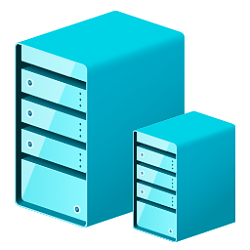New
#1
Hi folks
I think this is planned for around easter time 2020 !!.
Nice to see it will actually be released and isn't just "vaporware" .
However the actual value of running VM's on two sets of Hypervisors at the same time IMO is probably only of academic value (we want to do it because we can not because we need to -- not sure which US president said that but I get the impression that's what this is all about).
I think going forward the best way of running VM's is to absolutely minimize the overhead of any "Host OS" and whever possible yty and use as much of the REAL hardware as possible -- although "Virtualising" hardware doesn't itself have to have poor performance. Problem with Virtualising the hardware is that it requires a fairly substantial HOST OS in the first place -- usually Windows or Linux. (sorry Mac fan bois -- I know you have things like parallels on those machines but I have almost zero experience with Apple gear).
For top notch VM performance I'd expect progress in useability to be made in areas like Esxi, KVM and HYPER-V running in a really stripped down version of Windows. All these systems need to be able to run their VM's without any HOST user logged on to the system while control of the VM's can be done remotely via SSH or similar when these things need to be re-booted, backed up or shut down.
Currently IMO Esxi outperforms anything else - it's such a tiny OS you can boot it from an internal micro SD card if you machine allows that - the OS is only a few hundred mb. While boot takes longer (of the OS) once it's booted the OS is memory resident (tiny amount) and the VM's can be processed. Disadvantage is that it uses its own file system for the VM's although (with a bit of hassle) native (RAW) HDD's can be attached.
It's an interesting time for "Virtual Machine" development - especially as "Server like" systems are within the price range of Home consumers and fast disks are getting cheaper almost by the day.
Cheers
jimbo



 Quote
Quote